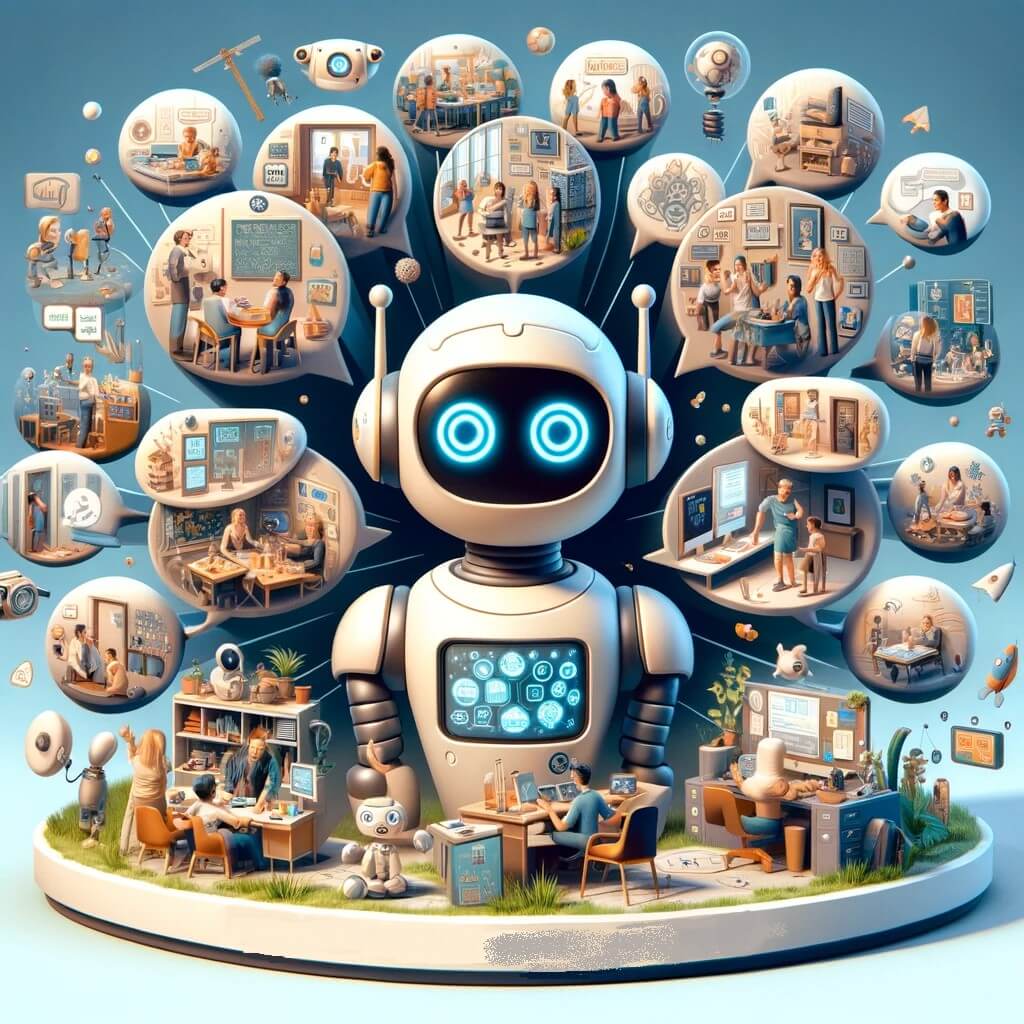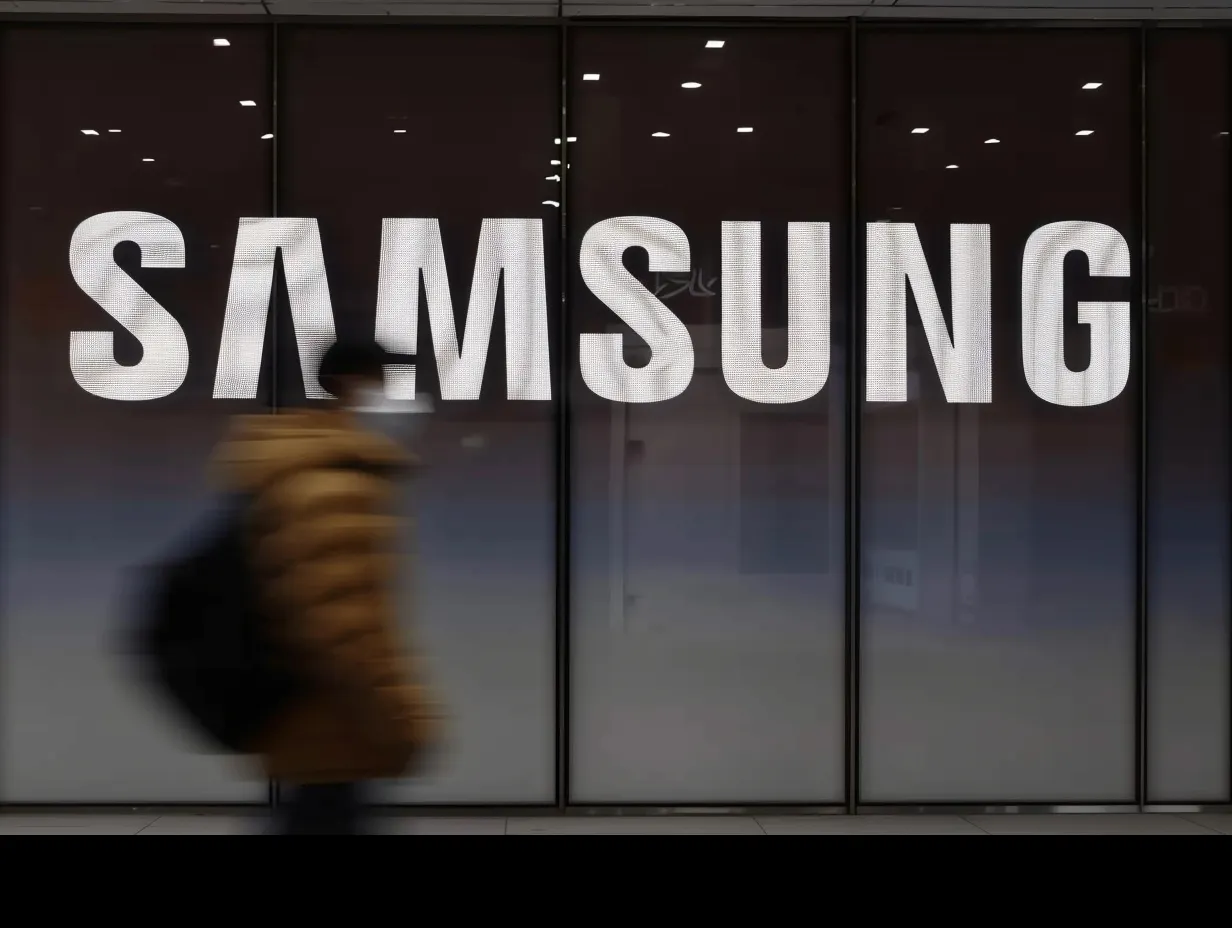In a recent roundtable discussion with LA Times, Warner Bros. Animation President, Sam Register, made headlines by boldly expressing his stance against the use of artificial intelligence (A.I.) in the animation industry. Register’s strong opposition stems from a desire to safeguard both artists and the cherished art form. Amidst ongoing debates surrounding the integration of A.I. in creative processes, Register’s perspective takes center stage, shedding light on the values he believes are paramount in the animation realm.
Warner Bros. Animation’s stand against AI
Sam Register, the President of Warner Bros. Animation and Cartoon Network Studios, unequivocally rejects the incorporation of A.I. technology in their animation projects. Register emphasizes the visual nature of animation, asserting that A.I. has yet to match the superior abilities of human artists. Sam Register, the President of Warner Bros. Animation and Cartoon Network Studios, asserts that animation, being a visual medium, lacks any observable prowess in artificial intelligence surpassing the capabilities of human artists. This statement underscores his dedication to preserving the integrity of the art form, emphasizing the belief that current AI technology falls short of the superior visual creativity exhibited by skilled human animators.
Register further elaborates on his stance, underscoring the importance of providing job opportunities for artists. He argues that allocating work to human creators not only preserves the artistic essence but also ensures entry-level experience for aspiring talents. In expressing the importance of safeguarding artists and the art form, Sam Register, President of Warner Bros. Animation and Cartoon Network Studios, outlines the studio’s commitment to providing job opportunities and entry-level experience for individuals genuinely dedicated to the craft. Register defends the necessity of the human touch in the creative process, underlining the belief that prioritizing human involvement not only preserves artistic integrity but also fosters a supportive environment for emerging talents to gain valuable entry-level experience.
Challenges and shifting landscape
Warner Bros. Animation, as part of the larger entertainment conglomerate, faces challenges in the evolving media landscape. Register acknowledges the shifting dynamics between linear television and streaming platforms. The studio adopts an ambidextrous programming approach to cater to both traditional networks and the rising prominence of streaming services.
While the studio experiences success in adult animation, appealing to the core audience of 6-to-11-year-olds proves to be a challenge. Register observes a trend where younger content consumers are drawn towards platforms like YouTube and Roblox, contributing to the decline in linear television viewership for this age group. This poses a dilemma for Warner Bros. Animation as they navigate the changing preferences of their target audience.
Reflections on the AI in creative process dilemma in animation
In wrapping up the discourse on the use of artificial intelligence in animation, Sam Register’s unwavering stance against A.I. integration unfolds a pivotal chapter in the industry’s evolution. The clash between technological efficiency and the preservation of artistic integrity prompts a contemplation of the future trajectory within the animation landscape. Register’s emphasis on job creation and entry-level opportunities underscores a commitment to the human touch, compelling us to question the industry’s preparedness to trade creativity for expediency.
As Warner Bros. Animation navigates age-group appeal challenges and the evolving dynamics between linear television and streaming, a broader query emerges: Can the industry strike a harmonious balance between innovation and the preservation of the art form’s essence? Register’s perspective transcends a single studio’s policy, acting as a catalyst for a more extensive dialogue on the changing nature of creativity, the influence of technology, and the enduring value of human craftsmanship in shaping animated narratives. What lies on the horizon for animation in the face of advancing technology and shifting audience preferences?





